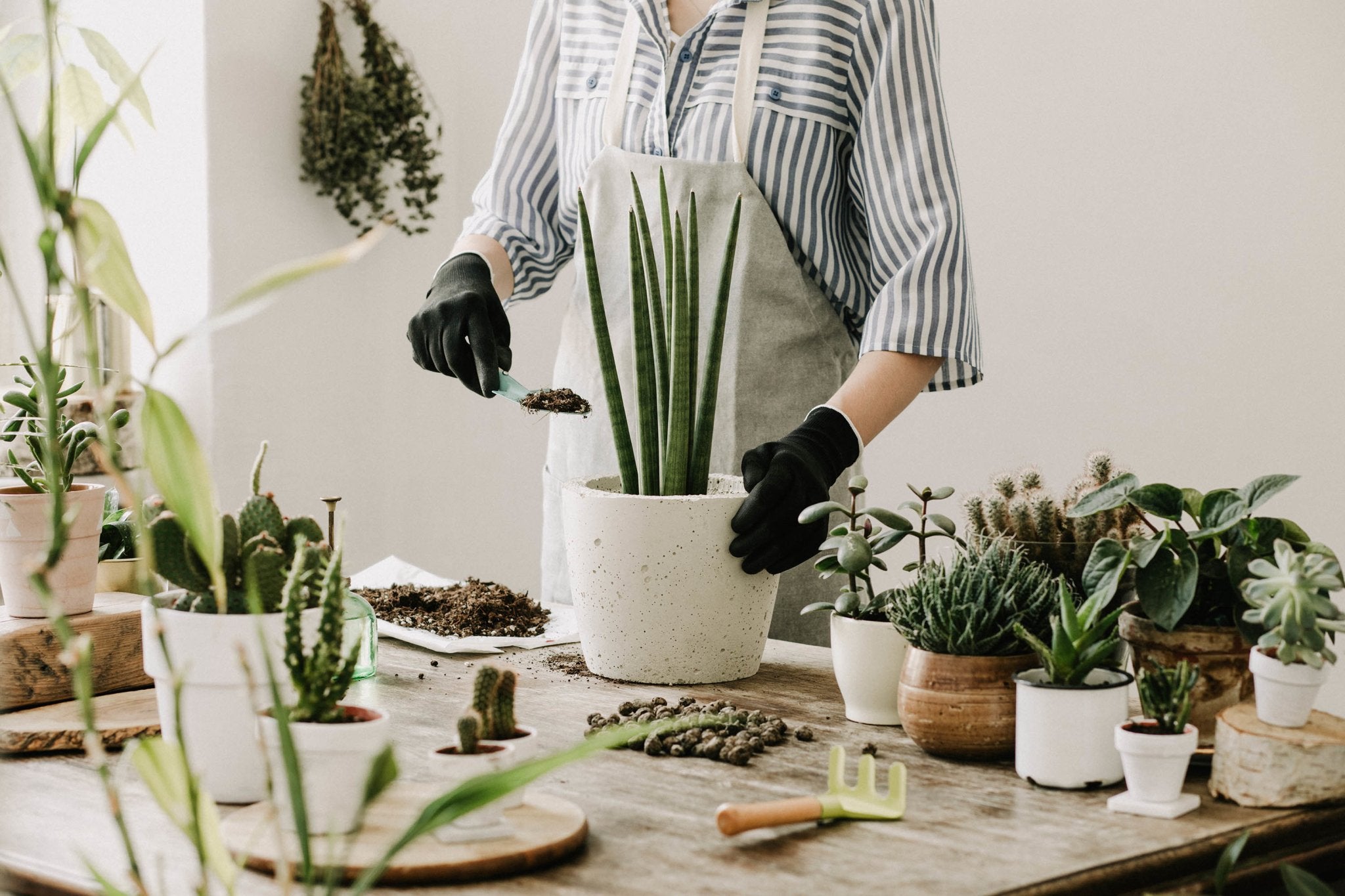Plants are a vital part of our ecosystem, playing a pivotal role in maintaining the delicate balance of nature. Not only do they gift us with life-sustaining oxygen, but they also provide nourishing food, valuable medicines, and even contribute to the purification of the air we breathe. If you're curious about the world of plants or looking to deepen your understanding, you're in the right place. This blog is your gateway to unravel the wonders of the plant kingdom and embark on a journey of gardening discovery.
Unveiling the Green World: An Overview
1. The Kingdom of Plantae: Where Life Blossoms
Before we dive into the captivating realm of plants, let's grasp the basics. Plants are living organisms classified under the kingdom Plantae. They are divided into two primary groups: vascular and non-vascular plants.
2. Vascular vs. Non-Vascular: The Transport Marvel
Vascular plants boast a remarkable system of tubes that efficiently ferry water and nutrients throughout their structures. Magnificent trees, vibrant flowers, and swaying grasses fall into this category. In contrast, non-vascular plants rely on diffusion for water and nutrient transport. Humble mosses and enchanting liverworts are shining examples.
3. The Trilogy of Plant Anatomy: Roots, Stems, and Leaves
Every plant encapsulates three essential components: roots, stems, and leaves. Roots delve into the soil, absorbing life-sustaining water and nutrients while anchoring the plant securely. Stems play the role of diligent conductors, channeling the vital resources from roots to leaves. The leaves, adorned with chlorophyll, orchestrate the miraculous symphony of photosynthesis, converting sunlight into life-nourishing energy.
4. Annuals and Perennials: The Circle of Life
Plants come in two principal categories: annuals and perennials. Annuals complete their entire life cycle within a single growing season – sprouting, blossoming, and withering away in the span of a year. Marigolds and zinnias showcase the beauty of annuals. Perennials, on the other hand, endure the test of time, gracing our gardens year after year. Roses and daisies stand as perennial testaments.
Nurturing Nature: Caring for Your Verdant Companions
5. The Green Thirst: Watering Wisely
Just like humans, plants thirst for water to survive and thrive. But the key lies in balance. Overwatering or underwatering can spell trouble. Keep the soil consistently moist, allowing proper drainage to prevent waterlogging. Observe your plants, and they'll whisper their hydration needs to you.
6. Basking in the Sun: Light's Loving Embrace
Sunlight is the elixir of life for plants. Position your green companions in a spot that caters to their light requirements. Some yearn for direct sunlight, while others prefer a gentle, filtered glow. Learn about your plant's light preferences, and watch them reach for the sky.
7. Nutrient Nourishment: Feeding for Flourish
Plants, like athletes, need their nutrients to excel. Fertilizing is the secret ingredient. Opt for a balanced fertilizer to ensure your plants receive a wholesome diet. Regular feeding during the growing season will empower your plants to showcase their full vibrancy.
Embracing the Botanical Adventure
8. Cultivating Connections: The Joy of Gardening
Embarking on a gardening journey is akin to forging a connection with the earth. It's a dance of patience, care, and appreciation for the miracles of nature. Witnessing a seed evolve into a lush plant is an experience that connects you to the intricate tapestry of life.
9. The Therapeutic Touch: Stress Relief in Soil
Gardening isn't merely a hobby; it's a therapy session with Mother Nature. The act of tending to plants, nurturing them, and witnessing their growth can be immensely therapeutic. The scent of fresh earth and the touch of velvety leaves offer a serene escape from the hustle of daily life.
10. Nature's Medicine Cabinet: Plants as Healers
Plants have been our companions since ancient times, offering remedies for various ailments. From soothing lavender to potent aloe vera, the botanical world houses an array of natural healers. Explore the medicinal potential of plants and unlock a treasure trove of wellness.
Blossoming Conclusion: Your Journey Begins
In a world filled with technological marvels, the enchanting universe of plants often goes unnoticed. But as you delve into the verdant realms, you'll discover a source of wonder, tranquility, and inspiration. Whether you're nurturing a windowsill herb garden or orchestrating a backyard oasis, your journey as a gardener is a symphony of growth and harmony.
Get Access Now to Begin Your Green Odyssey: https://bit.ly/J_Umma
FAQs - Unveiling the Green Mysteries
Q1: Can I grow plants indoors without sunlight? A: Yes, several plants thrive in low-light conditions, such as snake plants and pothos. You can create a lush indoor garden with these adaptable beauties.
Q2: How often should I fertilize my plants? A: Fertilizing frequency depends on the type of plant and the fertilizer used. Generally, once every two to four weeks during the growing season is a good rule of thumb.
Q3: What's the best way to repot a plant? A: When repotting, choose a slightly larger pot, gently remove the plant from its current pot, loosen the roots, place it in the new pot, and fill with fresh potting mix. Water thoroughly afterward.
Q4: Can I use rainwater for my plants? A: Absolutely! Rainwater is a natural and beneficial source of water for plants. Just ensure you collect it in a clean container to avoid contamination.
Q5: How do I deal with pesky garden pests? A: Integrated pest management (IPM) is a holistic approach. Encourage natural predators, use neem oil or insecticidal soap, and maintain plant health to prevent pest infestations.
Embark on this green voyage and witness the magic of life unfolding before your eyes. Your journey as a plant enthusiast promises growth, beauty, and a profound connection with the very essence of nature.


